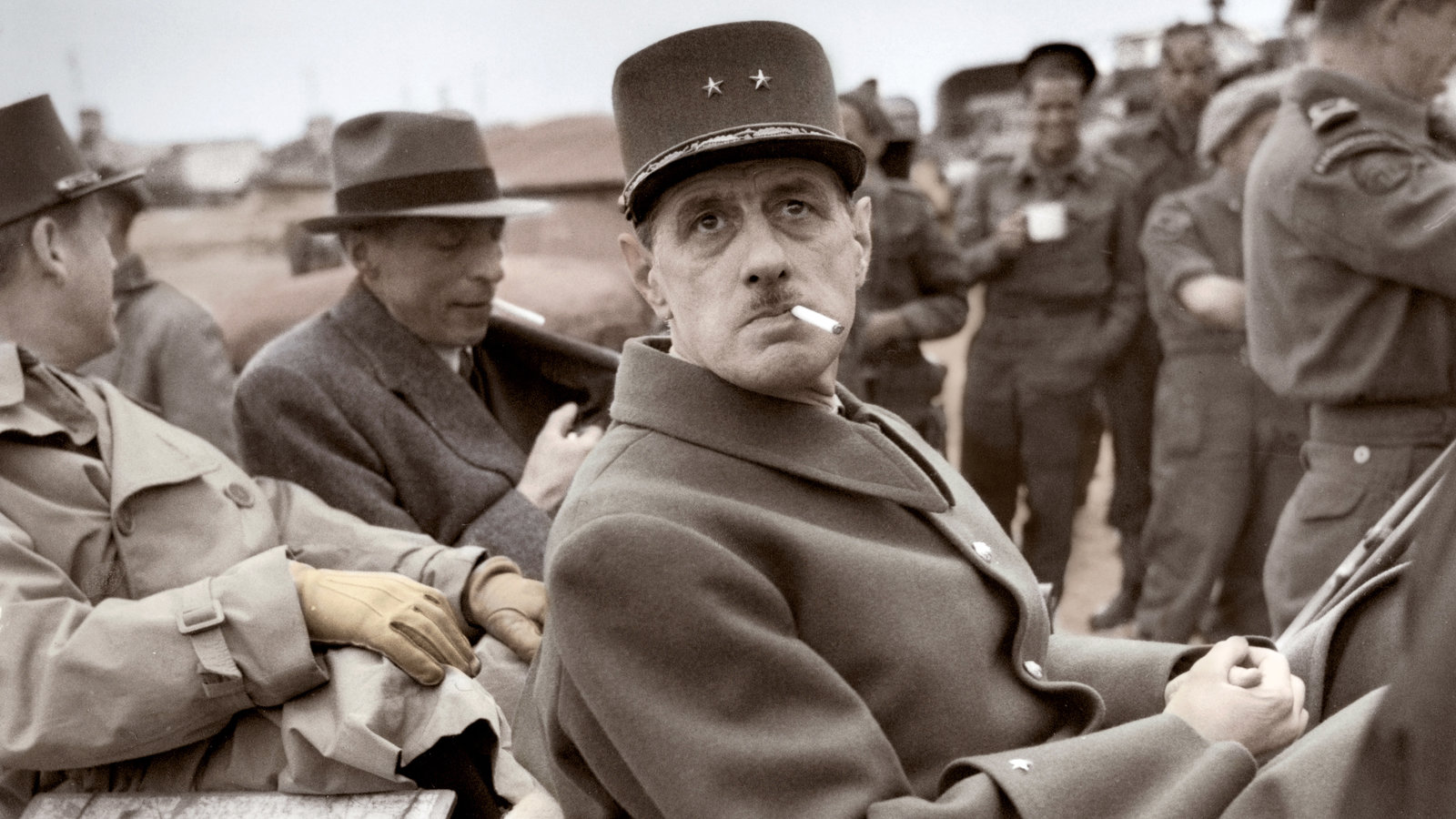He was at the head of the army that entered Paris, which was liberated from the German occupation: Who is De Gaulle?
One of France's most recognizable icons, Charles de Gaulle has a long list of achievements. He was successful in rebuilding France after World War II. He launched the Fifth Republic with a brand new constitution in hand.

De Gaulle also became famous for the massacres he had committed in Algeria. In the Algerian War of Independence, which started in 1962 and lasted for six years, 10,000 French were killed while 250,000 Muslims were martyred.
French general and statesman. Born on November 22, 1890, in Lille, France, De Gaulle is the son of a philosophy and literature teacher. He has been known for his interest in reading since his childhood. De Gaulle graduated from Saint-Cry military school in 1912 and became an officer. After being appointed to the infantry regiment, he joined the First World War. He was captured in this war and wrote his first work in captivity. Returning to his homeland after the armistice, De Gaulle was sent to Poland on duty. Then he was appointed as a military teacher at the Saint-Cry school, where he graduated as an officer.
Charles André Joseph Marie de Gaulle (22 November 1890 – 9 November 1970) was a French army officer and statesman who led Free France against Nazi Germany in World War II and chaired the Provisional Government of the French Republic from 1944 to 1946 in order to restore democracy in France.
He wrote many books and articles in the field of military and defense in the 1930s. The most famous of these are the Army of the Future and the Army of France. He defended the importance of a mechanized army equipped with armored units for the war of the future. He was of the opinion that mobile armored units and a strong air fleet were more beneficial than a form of stationary defense such as the Maginot Line.
Charles de Gaulle was born in Lille, France, in 1890 to a traditional Catholic family. Since his childhood, he was interested in history and philosophy, with an emphasis on French history and military strategy.
When the Second World War broke out, De Gaulle commanded a tank regiment with the rank of colonel. He was promoted to general during the German offensive in 1940 and became the commander of the fourth armored division. In the same year, he was appointed as a consultant to the Ministry of State responsible for warfare. He was against the idea of surrender. When Field Marshal Pétean became prime minister, he fled to England. Because Pétean was in favor of surrender. He made radio speeches from London about not surrendering and continuing the resistance.
When North Africa was occupied by America and England, France transferred the headquarters of the National Liberation Committee to Algeria. He was elected chairman, making the committee here the Provisional Government of the French Republic. In August 1944, when the Germans were defeated on the fronts, he was the head of the army that entered Paris.
Later, he left his post in 1946 because he had a disagreement with the political forces. De Gaulle, who was away from politics for a while, was called to head the government by the parliament in 1958 after the crises in France.
In January 1959, he was elected president by popular vote. De Gaulle, who was the president from this date until April 1969, became famous for the massacres he had committed in Algeria.
In the Algerian War of Independence, which started in 1962 and lasted for six years, 10,000 French were killed while 250,000 Muslims were martyred. De Gaulle resigned when the result of the popular vote he applied to realize the reforms he was considering in 1969 were rejected. He died a short time later in 1970.
